
THE SERIES
- Part 1: Optics Buying Guide: Iron Sights, Red Dots, and Scopes
- Part 2: Optics Buying Guide: Top Must-Know Terms for Picking the Right Scope
- Part 3: Optics Buying Guide: Scope Mounts
- Part 4: Optics Buying Guide: How To Properly Zero Your Scope
- Part 5: Optics Buying Guide: Finding Your Range with a Scope Reticle
- Part 6: Optics Buying Guide: Hold Off vs. Adjustable Scope Turrets
- Part 7: Optics Buying Guide: Scope Reticles
- Part 8: Optics Buying Guide: Using a Laser Rangefinding Scope
- Part 9: Optics Buying Guide: Holographic and Red Dot Optics
- Part 10: Optics Buying Guide: AR-15 Optics and Scopes
- Part 11: Optics Buying Guide: Big Scopes
- Part 12: Optics Buying Guide: Do You Get What You Pay For?
You want accuracy and repeatability and you don’t want to overspend on mounts. But, the best optic and rifle combination on the planet will fail with cheap rings and mounts. Cutting corners on mounts is like buying a sports car and putting truck tires on it. It ain’t going to work like it could.
Mounts must achieve the following: They must align perfectly with the bore of the host gun. I’ve tested mounts that look perfectly straight to my naked eyeball, but are out of whack so much that all the adjustment within the scope couldn’t get rounds on target at just 100 yards. Mounts need to maintain that absolute perfect alignment while absorbing the pounding of recoil forces over and over and over again. Imagine trying to stay focused on the bottom line of an eye chart while someone is slapping you silly. Besides that, mounting systems are responsible for placing the optic at the correct height over the gun to allow adequate room for the body of the scope and the (usually) larger objective lens. A mounting system also needs to position the scope longitudinally so correct eye relief is maintained. Eye relief is a fancy word for “correct distance from your eyeball to the scope.” If your eye is too close or too far from the lens, you’ll get a distorted picture, usually in the form of shadow rings in your field of view. In addition to all that, a mounting system needs to be machined with tolerances tight enough to ensure that no undue or uneven pressure is applied to the scope body as it is tightened into position.
So how do you choose the right mount? Let’s take a look at some common mounting methods and where each is appropriate. The subject of optics mounting systems is a bit overwhelming at first because it’s a multi-dimensional problem. There are different ways that mounts attach to the rifle and other different ways that scope rings attach to the mounts. So take a deep breath and hold on to your shorts – we’ll try to keep things as straightforward as possible.
How Stuff Mounts To The Gun
The first thing to consider is how hardware interfaces with the gun itself. There are two basic approaches: bases and rails.
Bases
Some rifles, primarily bolt-action models, have holes drilled in the receiver for the purpose of attaching scope bases. These bases are specific to a model or class of rifles that share the exact same base mounting specifications, meaning the spacing of the holes, mounting screw dimensions, and threading pattern. So, depending on your rifle, you might choose something like the Burris Trumount Universal Scope base. When you look at these, you’ll see a long list of slightly different Trumount bases, each machined to fit a different rifle. For example, if you have a Remington 700 short or long action, there’s a specific Trumount base for that. Different bases provide different methods of attaching the rings. We’ll get to that in a minute.

These Burris Trumount bases come in different sizes to fit specific rifles.
Rails
Other rifles, like AR-type models, will often come with a rail segment already mounted or machined into the receiver. These are simple, as the rail segment is the “base” to which you directly mount scope rings. Rails aren’t just limited to AR rifles – you’ll find them on all styles like the Volquartsen Custom rifle shown in the photos here.
How Scope Rings Mount To Bases or Rails
Now that there is an interface to the rifle’s receiver, you have to think about attaching the rings that hold the scope. There are three basic approaches to attaching scope rings: integral rings, dovetail mounts, and rail-attached rings. Let’s take a quick look at each.
Integral Rings
Integral ring solutions are a one-stop shop solution. If you have a rifle with a drilled and tapped receiver, the odds are pretty good that someone out there makes a one-piece mount and ring system. As “one-piece” implies, the base and corresponding ring are both fabricated from one piece of metal. You’ll find integral mounts that come in two parts, one for the front mount and the other for the back. You’ll also see some that are monolithic in design, using one connected piece of metal that contains front and rear rings. As there is only one attachment point between the scope and the rifle that can work loose and shift, integral base and ring solutions are simple and rugged.
The gotcha with these is that if you choose to change optics down the road, say from a one-inch tube to a 30mm tube, you’ll need to replace the whole mount assembly, not just the rings themselves.
When to use Integral Rings: You want a solid and low maintenance solution, and you don’t plan to change out your scope down the road.
Dovetail Mount Bases
Dovetail mounting systems separate the base from the scope ring while providing a standard way for the rings to connect to the bases. The dovetail base has an oblong hole with interior bevels perpendicular to the bore. The ring has a male connector that drops into the base. A 90-degree turn using a large dowel or tool (do not use your expensive scope to do this as it can damage it) rotates the ring into the correct alignment with the barrel and locks it into place. It’s a sturdy system, yet allows you to easily change out rings of different heights or diameters without disturbing the bases.
You’ll find dual dovetail bases where both front and rear attachments use the dovetail lock. You’ll also see front-only dovetail systems. With these, the rear ring is mounted on a slide so that you can adjust the entire scope for windage. The benefit of these mounts is that you don’t have to use the internal adjustments of your scope just to get on target – you can save the internal adjustment range for actual wind conditions.
When to use dovetail rings: Your rifle will usually dictate whether or not you use dovetail rings based on the type of mount bases that are available.
Rail-Mounted Rings
Rail-mounted rings are the simplest, with just one small catch. Gun stuff is never completely straightforward, is it?
These rings have clamps on the base that tighten directly to rail segments, whether the rail is part of the gun or provided by scope bases that are mounted to the gun. Most rails and segments have a cross slot that’s designed to help the rings stay in place during recoil. Accordingly, most rings have a crossbolt that fits into said slots. When seated properly, this helps keep the ring in its proper position under recoil. So far, so good.
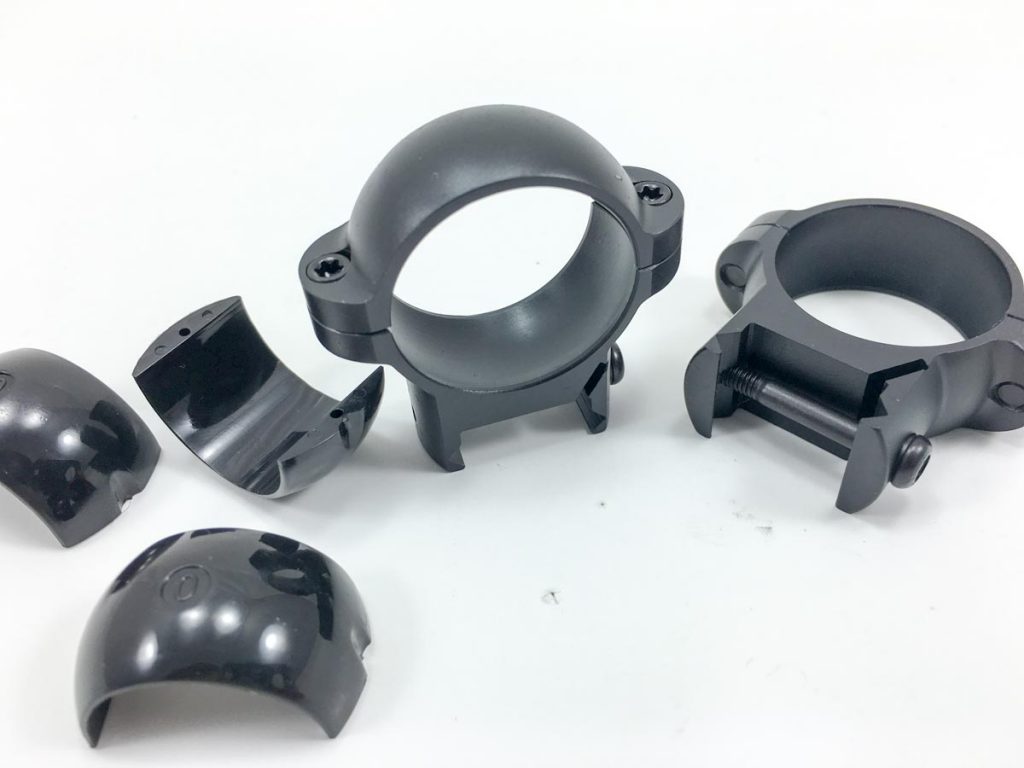
Rail-mounted rings are simple and mostly universal.
Here’s the little catch. There are two types of rail systems: Weaver and Picatinny. The Picatinny standard was developed by the A.R.M.S. Company in the early 80s for the purpose of mounting heavy stuff in a standardized way. Given its military-ish intended use, it was named after the Picatinny Arsenal as that group was in charge of the evaluation process. Picatinny is also known as Mil-STD-1913. Weaver, on the other hand, is an older commercial development, hence the variations in “standards” that we’ll talk about next.
Weaver and Picatinny are largely compatible with a few exceptions we should note. Weaver rails have slots that are a hair narrower and shallower than Picatinny rail slots. Also, Weaver systems may only have one slot or multiple irregularly spaced slots. Picatinny rails have evenly spaced slots which generally cover the length of the rail segment. Think of the top of an AR rifle and that’s a Picatinny system. Most Weaver compatible rings will fit just fine on a Picatinny rail. And many, but not all, Picatinny-compatible rings will fit on a Weaver rail. There are two primary gotchas that define the cases where a Picatinny ring won’t work on a Weaver rail. First, if the Picatinny ring crossbar is full “Picatinny” size, it may not fit in the smaller Weaver slot. Second, a ring system that uses multiple crossbars may not fit because Weaver systems do not have designated slot spacing. Add to this the fact that manufacturers vary the standards a bit for both systems, and it becomes apparent that the prudent thing to do is try (or verify) before you buy. I mention this as an “academic” topic because it’s probably not something you’ll run into a lot. Just be aware of the differences. If your parts don’t fit together, this might be the reason.
When to use rail-mounted rings: Again, your rifle will usually dictate this choice. If your rifle has a rail, or the bases available for your rail present rail segments, rail-mounted rings are the easiest solution.
Other Mount Options
So far, we’ve covered the types of mounts and the ways that rings attach. Now let’s discuss some of the options that will help you out with different shooting configurations.
Offset Mounts
Remember those original M16 / AR-15 rifles? You know, the ones with the fixed front sight gas block and permanent carry handles? They weren’t originally designed for the array of optics that we now stick on modern variants of these rifles so Mr. Stoner didn’t worry too much about the placement of the top of the receiver relative to perfect scope positioning. If you use normal rings that attach to the scope directly above the mounting points, the scope will almost certainly end up too close to your face and you won’t be able to see through it properly. That, and it might bonk you in the eye when you shoot.
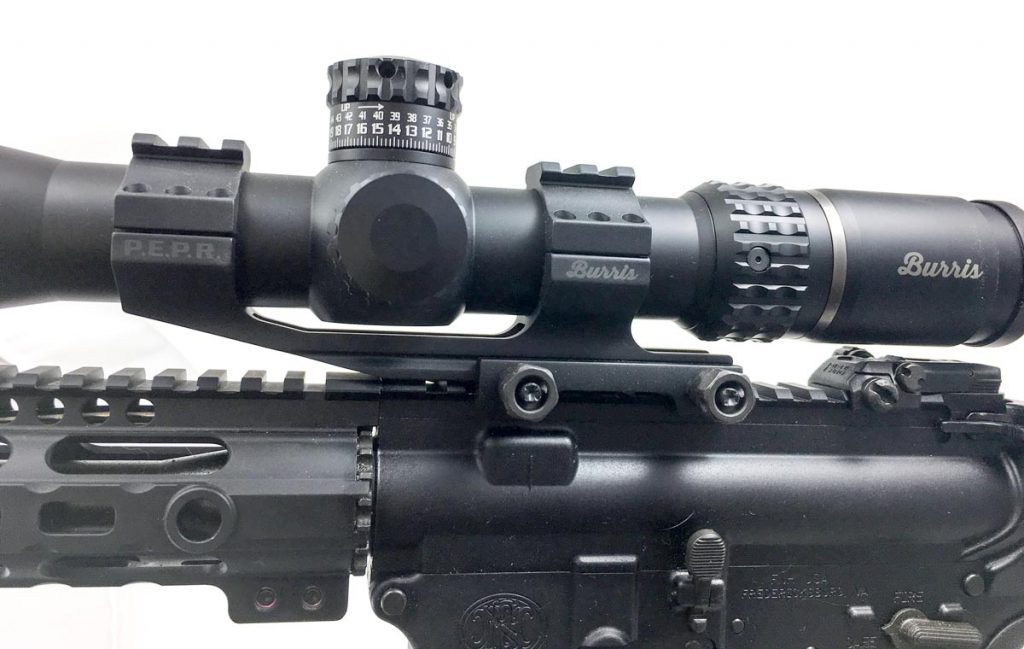
When putting a scope on an AR, you’ll usually want offset mounts like this Burris AR P.E.P.R. Mount.
To deal with this problem, manufacturers have developed offset mounts. The base of the mount attaches to the receiver as you would expect, but the rings are placed well forward of the mount position. This allows the scope to mount directly to the top of the receiver, but it sits well forward of the mounting position. The result is that you can position the scope at the perfect distance from your eye. These come in one-piece models that include front and rear rings, or separate rings each with its own offset mount.
When to use offset mounts: You’ll almost always want this type of mount when using a magnified scope on an AR-type rifle’s receiver-mounted rail. Most traditional fixed-stock rifles don’t require an offset mount.
Quick Attach / Detach Mounts
As the name implies, these mounts are designed to allow easy removal and re-installation of your optic, usually via the use of a throw lever. Practical applications include the ability to shift quickly to iron sight use or to swap out short-range low-magnification optics for high-magnification and longer range. If you’re swapping optics in the field, you probably won’t be in a position to re-zero your optic, so the big benefit of quality quick-detach systems is that they are designed to maintain zero through removal and remounting, provided you put them back in the exact same rail position.
When to use quick-detach mounts: If your rifle is so mission critical that if your optic breaks, you need an immediate and unimpeded view of your iron sights, think about detachable mounts. You also might consider this approach if you want to use the same rifle in both short and long-range configurations.
Canted Mounts and Ring Inserts
If you intend to shoot at long ranges, say more than six or eight hundred yards, you may want to consider a canted (ramped) or adjustable ring solution. Let’s consider an example to illustrate what that means and why you might need it.
Suppose you have an AR-10 shooting .308 Winchester and you want to hit targets at 1,000 yards (or more) downrange. Depending on your specific rifle and ammo combination, that bullet is going to drop somewhere around 400 inches by the time it gets to your target. If your scope only has 300 inches of total adjustment capability, then you’ll have to hold so far over the target that you won’t be able to see it through the scope. Lobbing bullets at targets you can’t see is almost always frowned upon, so you need to come up with a better solution.
That’s where canted mounts come into play. These angle the scope down towards the muzzle of your rifle so that with zero scope adjustment, you’re already starting to account for long-range shots by “lobbing” the bullet relative to the line of sight through the scope. Rather than doing all the adjustment for bullet drop with the internals of the scope, you’re angling the entire scope to accomplish the same thing.
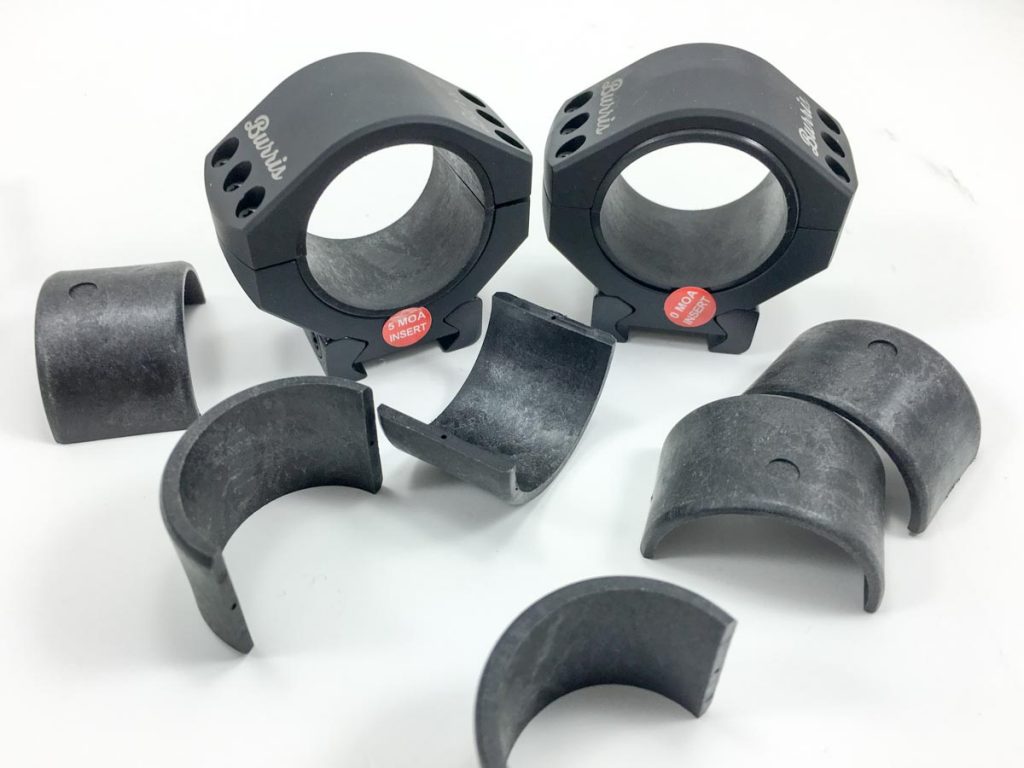
These Burris XTR Signature Rings have various inserts that allow you to “ramp” the scope for long-range shooting.
Burris has a neat solution for this too that doesn’t require a canted mount. Their XTR Signature rings have inserts that position the scope at an adjustable downward angle anywhere between five and 40 minutes of angle. A minute of angle is simply an angular measurement that reflects a certain windage or elevation amount at a given range. Since it’s an angular measurement, the relationship between minutes of angle and inches changes proportionately with distance. One minute of angle is 1.047 inches at 100 yards. At 200 yards, that same one minute of angle translates to 2.094 inches. If you want to learn a whole lot more about minutes of angle, check out Mil-Dot Made Easy. So getting back to the mount adjustments, you can account for 50 to 400 inches of bullet drop at 1,000 yards before you make the first adjustment to your scope. As a result, you can use the scope adjustments to set your crosshairs on targets well past that range.
When to use canted/ramped mounts: If you’re going to shoot at very long range, you’ll need a mount and ring system that builds in some degree of bullet drop adjustment.
Final Buying Considerations
Once you’ve narrowed down the mount and ring style, there are a couple of other things to consider.
Be sure to check that the height of your mounting solution allows clearance for the objective lens over the barrel. Also, if using a bolt-action rifle, make sure the rings are tall enough to allow proper operation of the bolt without it crashing into the scope.
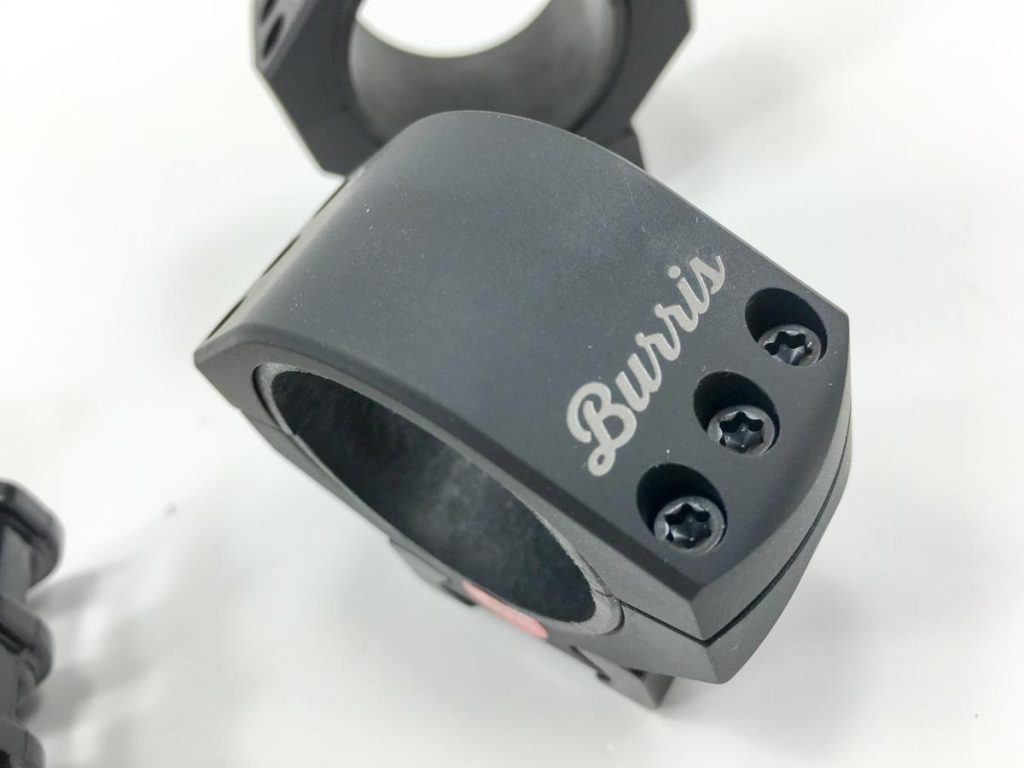
For heavily recoiling rifles consider rings with multiple screws to protect against loosening.
You’ll find rings and bases made of steel or aluminum. If light weight is a big deal to you, and your anticipated shooting volume is low to moderate, aluminum rings will probably work fine. If you need long-term durability, foresee use in adverse conditions, or just want the best possible precision and consistency, then by all means pay the extra bucks for steel base and ring components.
One more side note. As part of the job of a mounting system is to position the optic in the ideal spot, you’ll also need to make sure your rifle stock is configured properly too. If you have to mount your scope high to account for bolt movement or a large objective lens, then you may need to consider adding a cheek support to your rifle stock. You never want to be stretching your neck like an ostrich to see properly through the scope.
Last but not least, you’ll generally get what you pay for when it comes to scope mounting solutions. You’re paying for the precision of alignment, durability, and an immovable mounting platform that won’t shift around on you through the bumps and bruises of hard use and recoil. The most accurate rifle and scope combination in the world can’t hit much if the mounting system wanders on you.

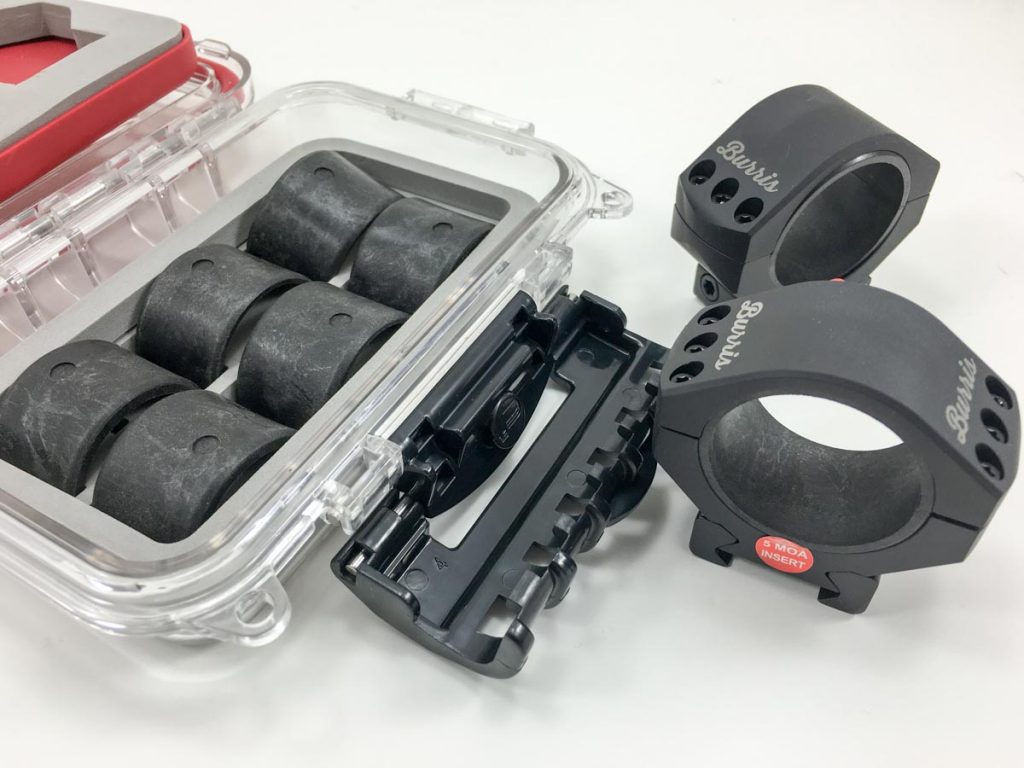
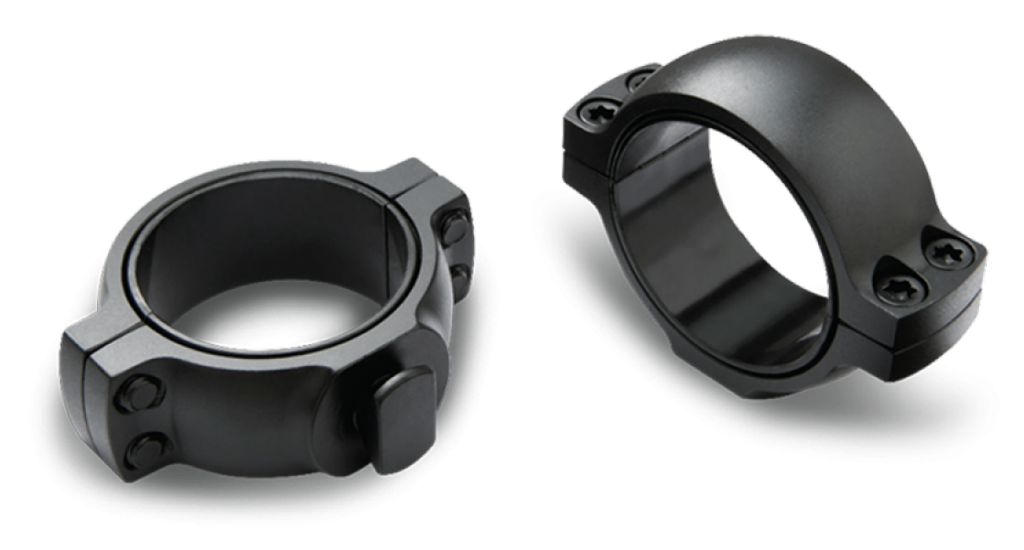
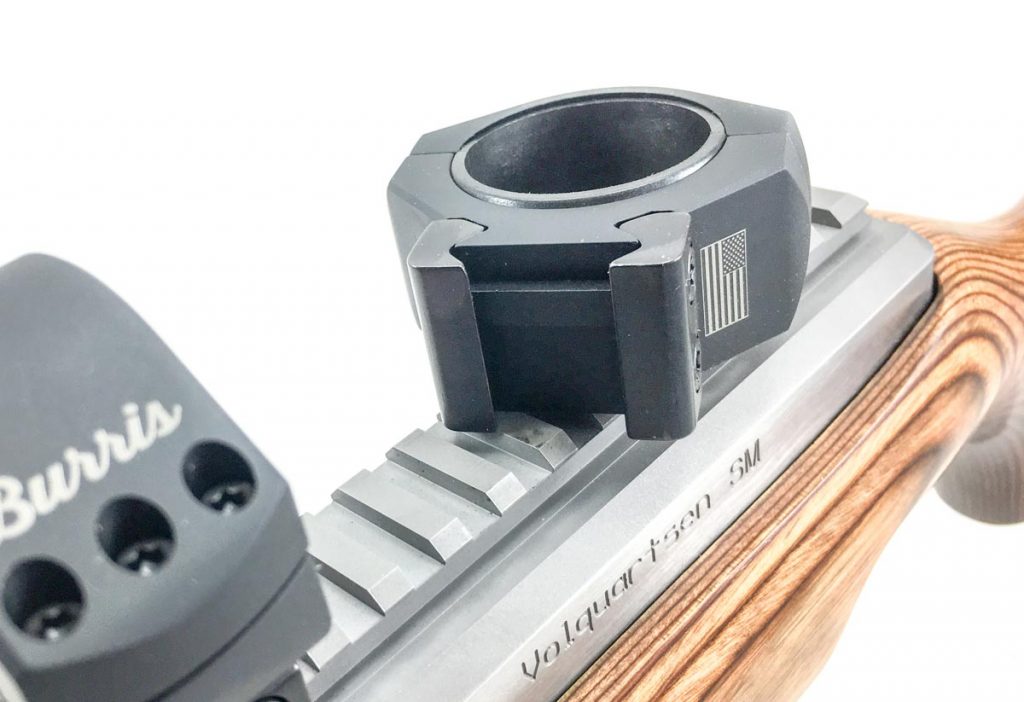
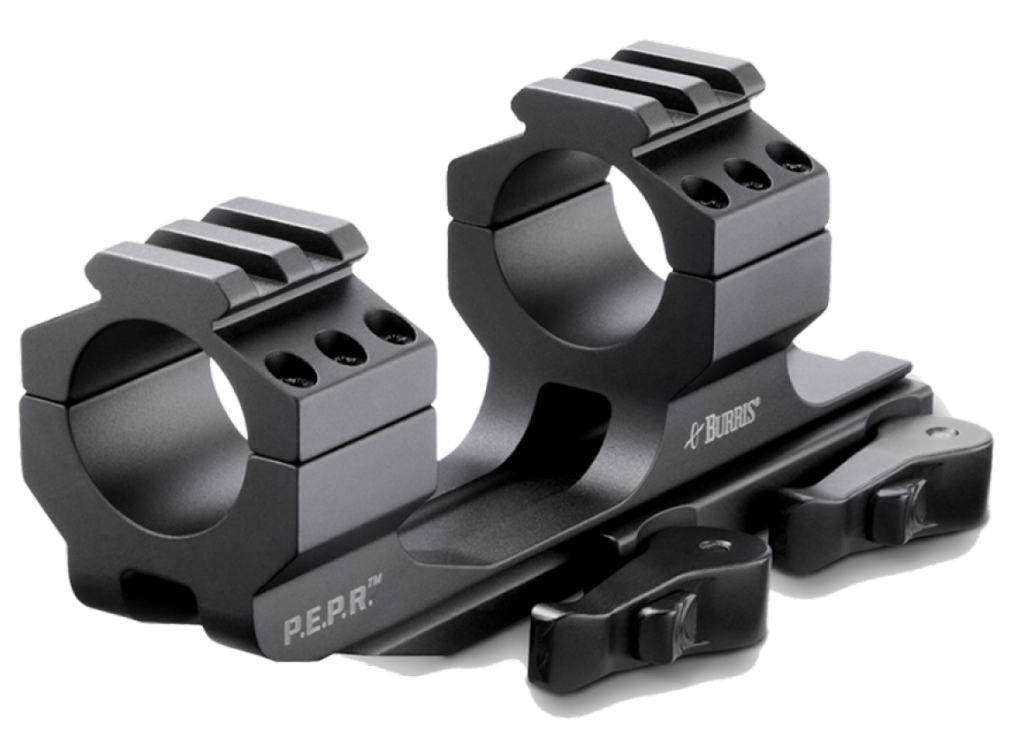
Didn’t touch on handgun red dots or their mounts. . .
When you need to angle the scope downward to accommodate lack of internal adjustment, it should be called “pitch”, not “cant”. Somehow or another, the misuse of the word “cant” took hold. I can only assume it was by some landlubber.
Burris makes great products. This is an advertisement for Burris for sure. My favorite scope mount is Tally one piece. The one piece mount removes another variable contributing to inaccuracy.
No mention of ring alignment or reaming? Is this a thing of the past? Or treading shallow water?